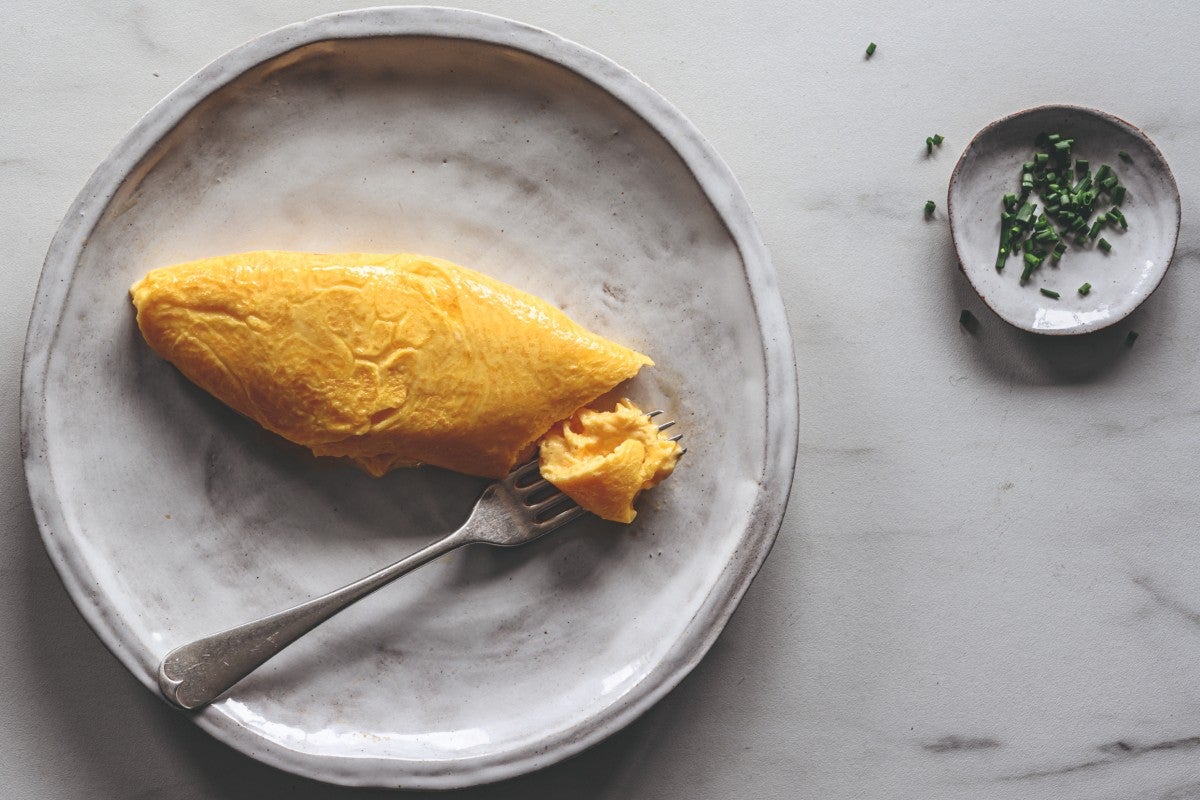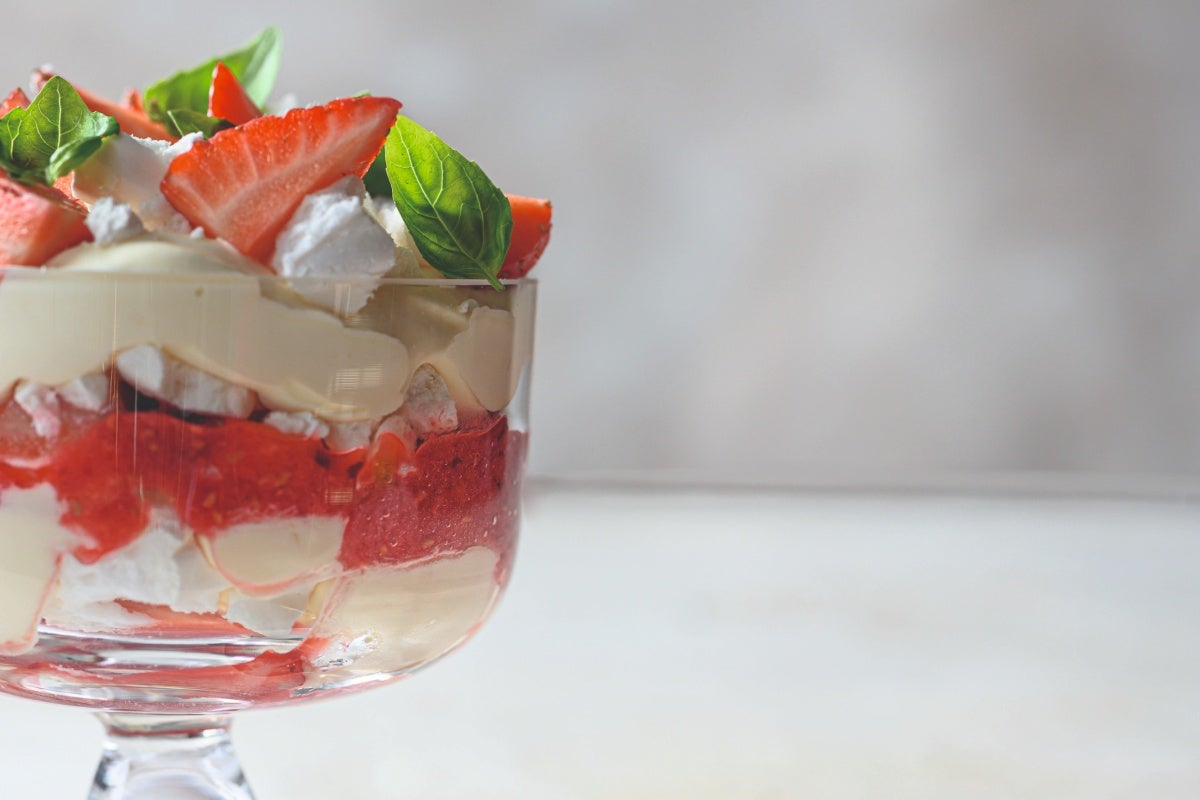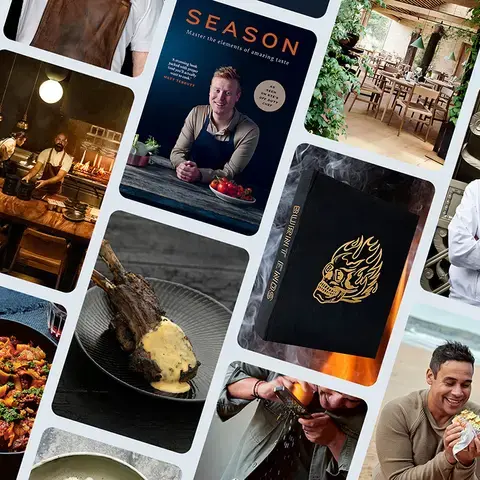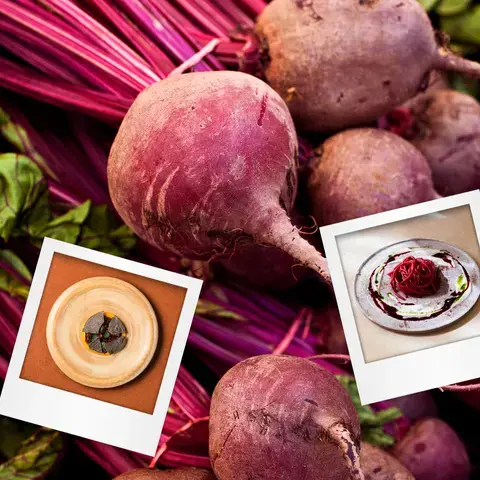Recipes from Mark Moriarty’s Flavour
Classic omelette
“I started working in a Michelin-starred kitchen when I was 18. Every new commis chef had to cook a classic omelette for the chef on their first day. This was seen as the true test of skill and detail. Mine did not pass the test! ‘I cannot serve this to a guest,’ was the chef’s reaction. In hindsight, nobody ever created an omelette good enough for his guests, so maybe that was all part of the show? Anyway, this recipe gives a pretty detailed guide to making a classic omelette, so hopefully yours will pass with flying colours.”
Serves 1
Ingredients
3 large eggs
2 tbsp single cream
1 knob of butter
Sea salt
Method
Step 1
You need a non-stick pan for this recipe. If you are not sure your pan is non-stick, cover the pan in table salt and place on high heat for 10 minutes until the salt is smoking. Discard the salt, brush away any excess, and your pan will become non-stick for about 3 omelettes.
Step 2
Put the eggs and cream in a jug or bowl and use a fork to whisk together until smooth. Season with salt.
Step 3
Heat the pan over medium heat, add the butter and allow it to melt but not brown.
Step 4
Pour in the egg and cream mixture and begin shaking the pan, using a spatula to pull the cooked outer area into the centre of the pan.
Step 5
After about 30 seconds, stop using the spatula and gently rotate the pan until the uncooked egg on top begins to set.
Step 6
Lift the handle and let the mixture move to the far side of the pan. It should be slightly loose but softly set nearest to you.
Step 7
Starting at the far edge, begin folding the egg mix over on itself, like rolling a carpet, until you reach the slightly wet centre, then fold the cooked egg over the top.
Step 8
Turn the omelette upside-down onto a plate and serve warm.
Step 9
The perfect omelette should be smooth, pale yellow in colour and shaped like a rugby ball.




















